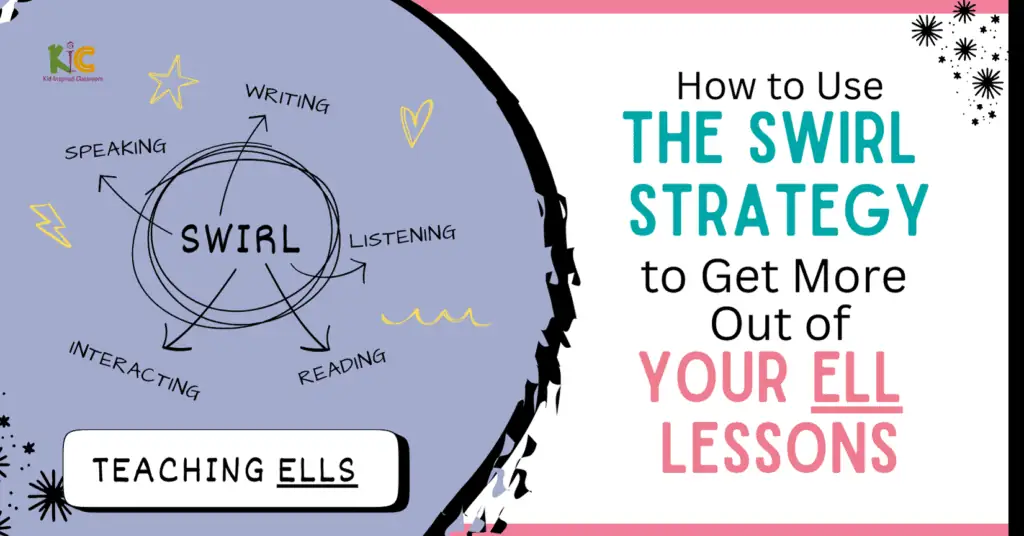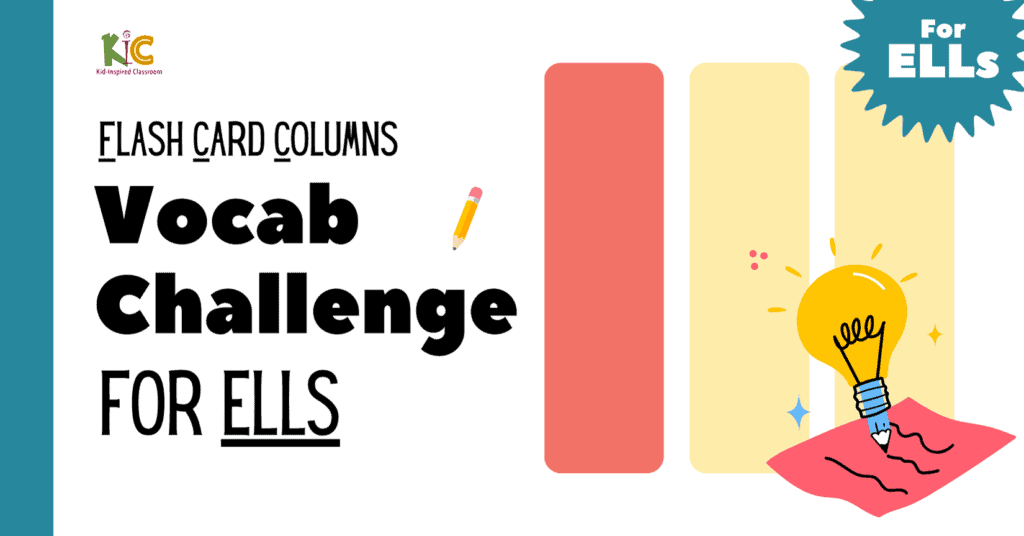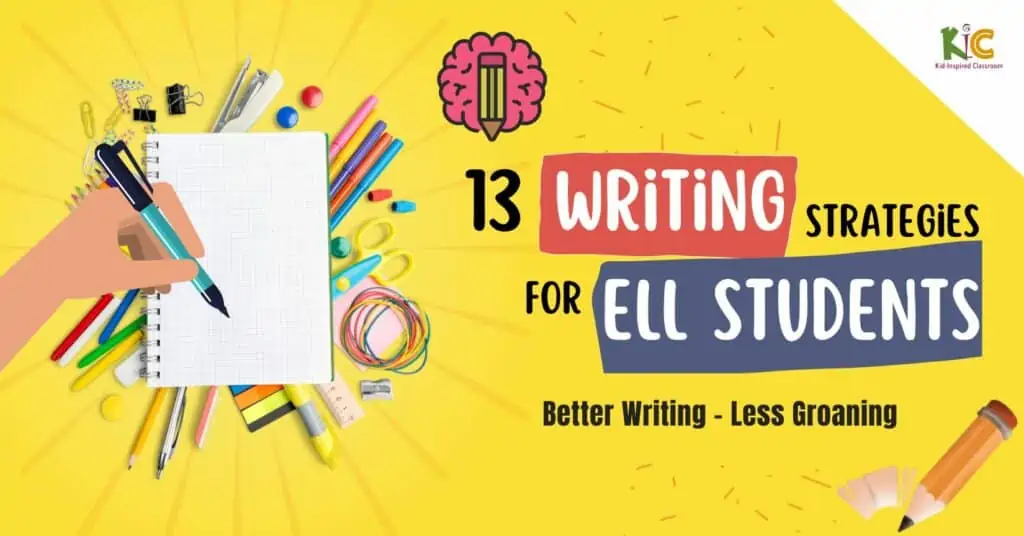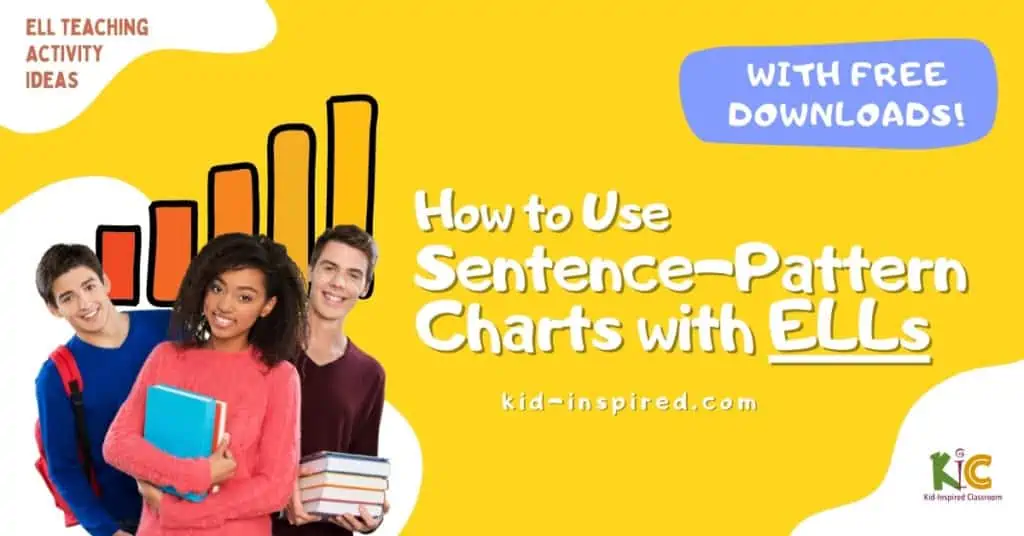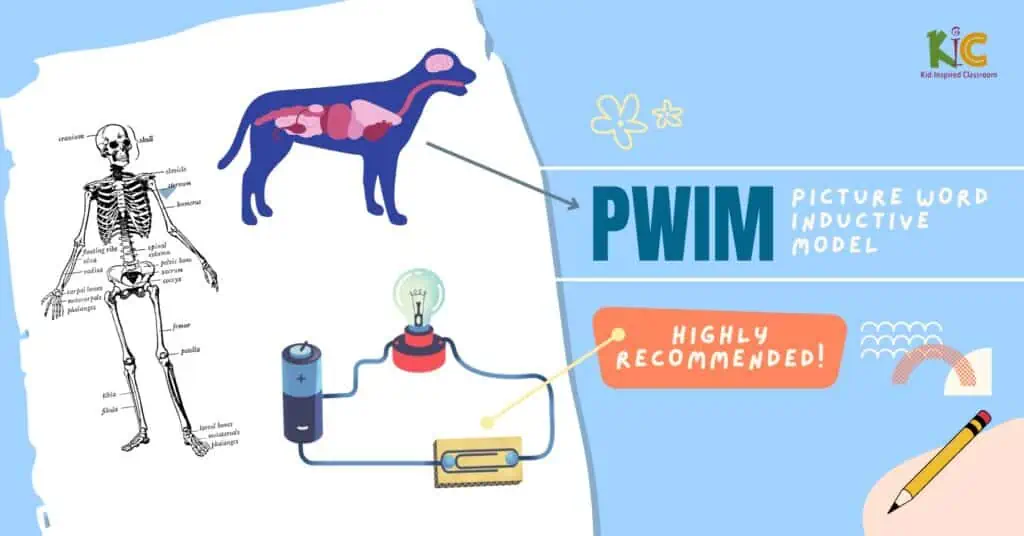
Duration: 10-20 minutes
Type: Whole Group/Small Groups
What you will need for PWIM:
- 1 Picture of a Scene Connected to a Topic You are Learning
- Or a Blank Sheet of Paper for Students to Draw Their Own Scene

Overview of PWIM:
PWIM stands for Picture Word Inductive Model and it comes backed by all the experts. You’ll see it…
- mentioned in books
- described on websites
- and shared on social media
There are few activities that receive so much praise and acceptance across the board.
Let’s dive in and take a look at how you can use PWIM in your classes with your English learners.
Option 1: As a class, label various vocabulary words in a picture This is the Picture Word Inductive Model (PWIM). You can then color code parts of speech and turn it into wonderful speaking or writing exercises.
Option 2: Have students draw and label a scene using vocabulary they are learning. I’ll call this the Picture Word Deductive Model. You can then color code parts of speech and turn it into wonderful speaking or writing exercises.

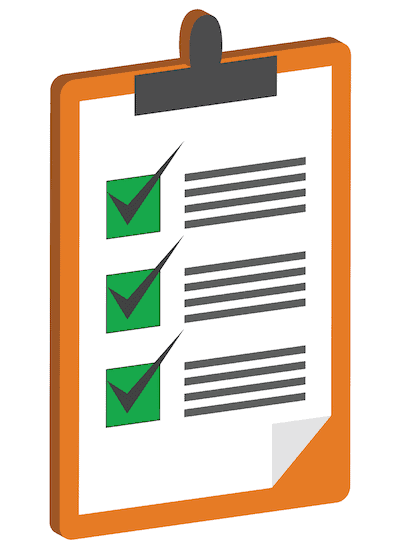
How to Organize PWIM
Option 1: How to Set Up the Picture Word Inductive Model:
- Print off a picture for each student.
- Project a copy of the picture on an overhead or projector. You can also just tape the picture to the whiteboard.
- Have students call out various vocabulary words that they see represented in the picture.
- You can color code the various parts of speech. For instance, you might write (or highlight) verbs in red, nouns in green, adjectives in purple and so on. Words that can be more than one part of speech may need to be a unique color.
- Afterward, you can have students get with a partner to make sentences about the picture. You can choose a particular tense that you are learning in order to help them know what grammar to use. You can also make a list of conjunctions for students to use if they are at a lower-intermediate to intermediate level of proficiency.
Option 2: How to Set Up the Picture Word Deductive Model:
- Give each student a blank sheet of paper.
- Have students use vocabulary words that they are learning to draw and label a picture. (Alternatively, you can provide students with magazines for them to find and cut out pictures. They can then glue to the pictures they cut out to their papers to make a scene and label them.)
- As students draw, they will likely come up with more words that they want to add. You can write those words on the board and let students add them to their pictures.
- You can color code the various parts of speech. For instance, you might write (or highlight) verbs in red, nouns in green, adjectives in purple and so on. Words that can be more than one part of speech may need to be a unique color.
- Afterward, you can have students get with a partner to make sentences about the picture. You can choose a particular tense that you are learning in order to help them know what grammar to use. You can also make a list of conjunctions for students to use if they are at a lower-intermediate to intermediate level of proficiency.

Benefits of PWIM
- This is a fun, hands-on activity that helps students solidify the meanings of new words they are using.
- There are lots of related speaking and writing activities that can lead off from this one.
You can also read more about the Picture Word Inductive Model in this article or this article by Larry Ferlazzo.
You can also see a short presentation from Valentina Gonzalez on this method here.
Have you tried this activity? How did it go? Leave your comments below!
